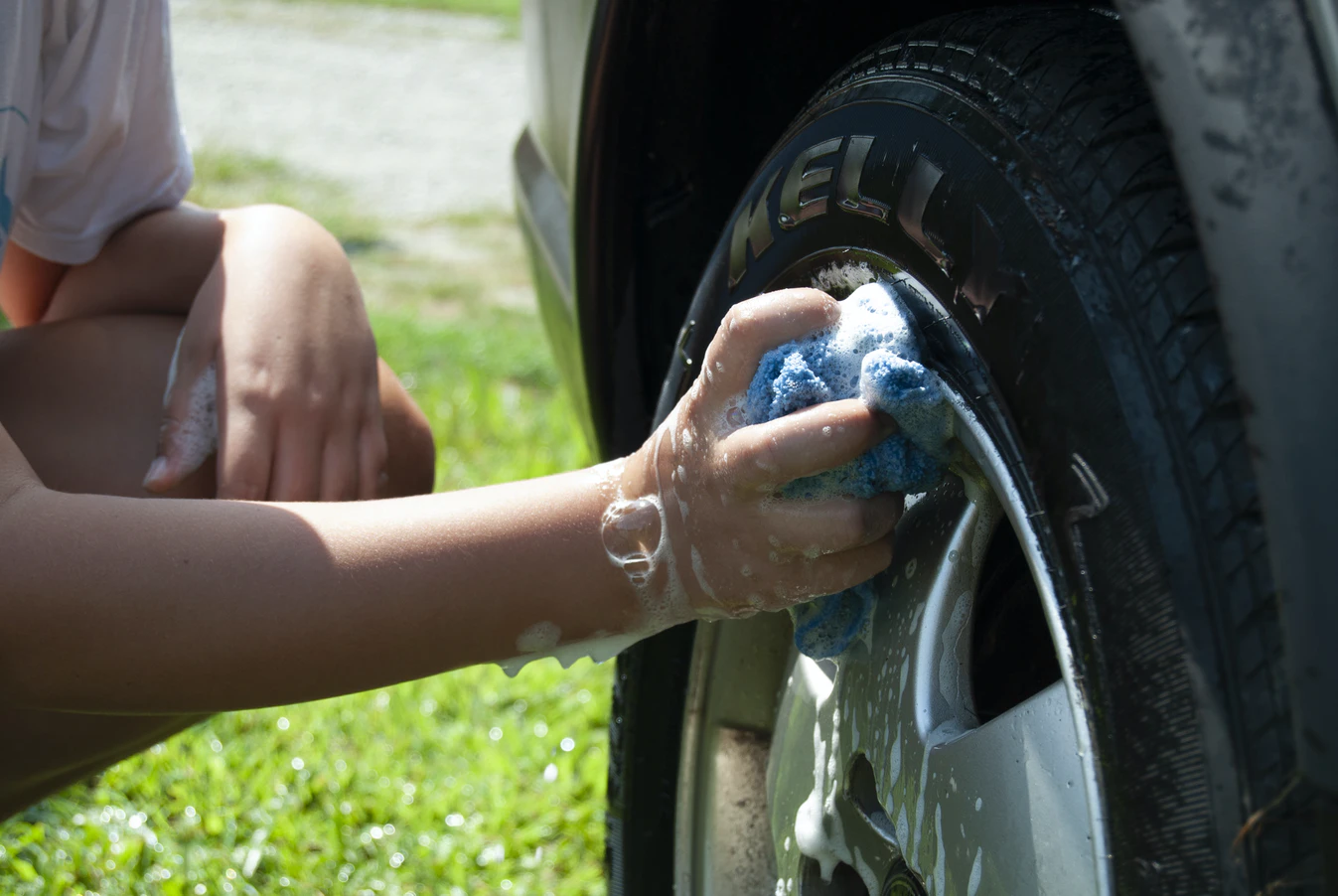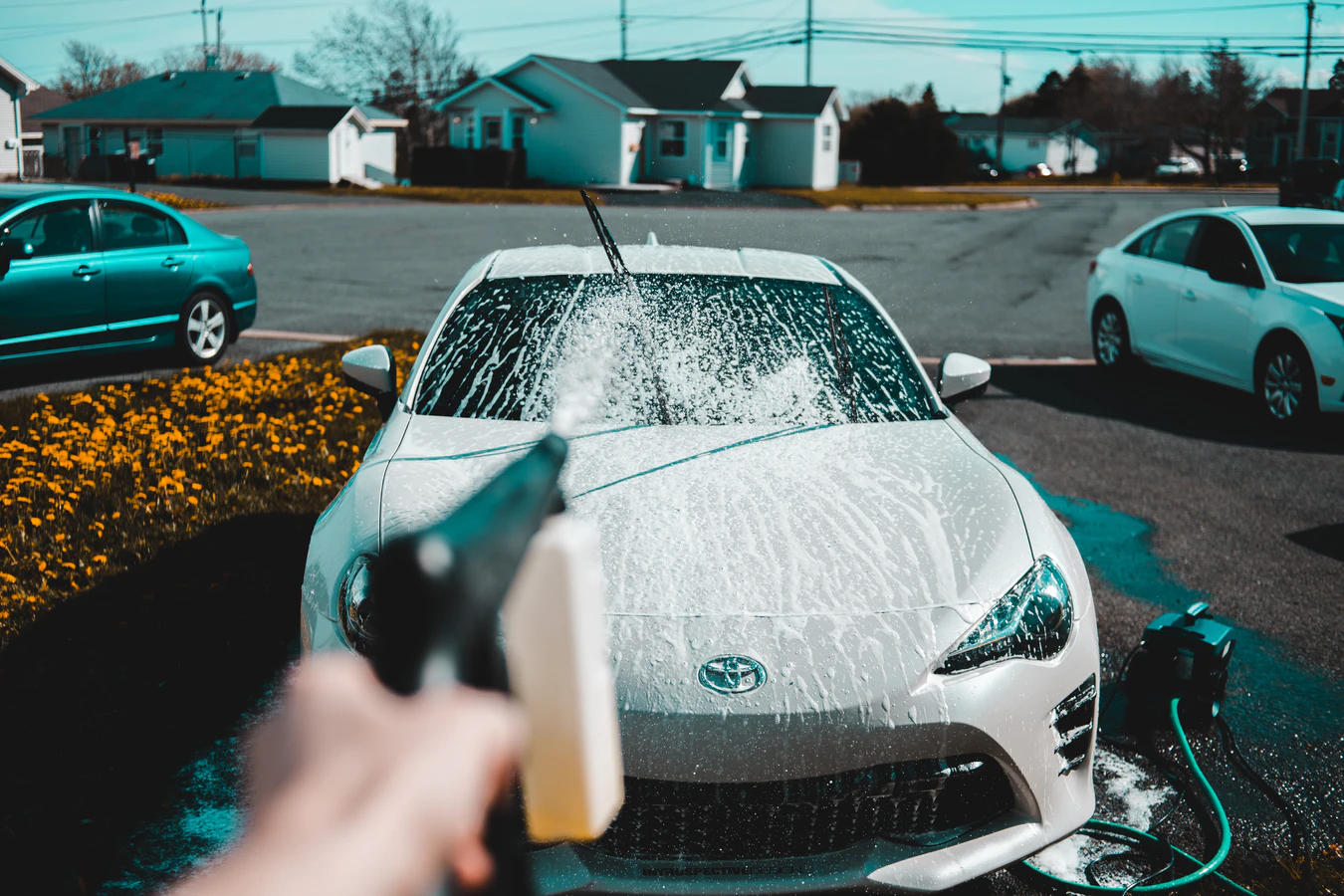Getting your car detailed at the one-stop-shop can set you back big time, financially speaking. Between the interior, the exterior, what’s underneath the hood, wheels, and more, that bill can get outrageously expensive. While a yearly visit to a professional is essential to keep your car slick and safe, there are several routine maintenance details you can undertake yourself without fear of ruining your precious ride. Here are some expert DIY detailing tips to keep your car in tip-top shape.
Exterior
By all means, steer clear of automatic or do-it-yourself car washes. While they may seem like a great way to give your vehicle a thorough clean, those flappy strips and high-pressure hoses can damage and scratch your exterior paint. Instead, do it from the comfort of your own driveway. Fill a large bucket with water, choose a special auto wash soap, and get a dedicated car washing mitt and drying cloth. You can even find a car washing kit to order online if you don’t want to bother with the shopping.
The washing part is pretty straightforward. Pour a good amount of soap in your water bucket, dip in the washing mitt, and get scrubbing! Hood, doors, top, head, taillights, and wheels, don’t leave anything to chance. Clear the soap using a traditional hose, and dry with the cloth. Invariably, elbow grease and thoroughness are the best things to render your car spotless.
Once that’s done, it’s time for some polishing. To give your paint that spotless shine and help it sustain the wind, sun, and rain, look into acquiring a car polisher. Not to worry; they’re relatively inexpensive and user-friendly. Now, don’t use the wrong products for polishing, otherwise, you run the risk of ruining your paint, and the polish might now be as protective against wear-and-tear. Some online research and review consultations should get you acquainted with the kind of polish that’s best suited for your exterior.
Interior
Start by taking a good look at the interior of your vehicle. Examine the carpeting, upholstery, dashboard, and door panels. Identify any stains or problematic areas. First, slide the front seats back and use a vacuum cleaner to remove loose dust and debris on the carpet flooring. Do the same with the seats pulled inwards. Take your time and pass over every bit. Next, use a high-quality foaming shampoo to lather the floorboard carpeting. Use a scrub brush to work it in and insist on any visible stains, let sit, and take a microfiber cloth to mop up the carpeting. Employ a similar approach for your fabric upholstery, but go easy on the shampoo; you don’t want it to take forever to dry. If you have leather seats, apply a special leather cleaner and conditioner. Leave the ceiling cleaning to the experts.
Now on to the glass. Use a good quality glass cleaner for the inside of your windows. Spray a couple of squirts, wipe in horizontal back-and-forth motions with a microfiber cloth, and repeat the operation until they’re spotless. Don’t forget to run the cloth along the top edge of the glass, too. Proceed with the same method for the interior windshield.
Tackle the dashboard and door panels last. You’ll need a quality vinyl cleaner, a microfiber cloth, and a detailing brush along with some cotton swabs for those tight crevices and seams. For the air vents, use the swabs along with your vacuum cleaner to suck out all the accumulated dust. Don’t neglect the steering wheel, cup holders, and map pockets. Finish with a spray of air freshener, and your interior should be almost as good as new!
Engine
Last but not least, many car owners tend to overlook or shy away from giving their engine bay a good occasional cleaning. That’s quite unfortunate because it’s the dirtiest part of your car! Surprisingly enough, this doesn’t require special equipment or expensive cleaning products; you can use wet car wipes to rub-down the visible components found underneath your hood. Do this with the engine turned off, of course, and check your oil levels while you’re at it. These wipes are great since they can also be used to clean your wheels, tools, and hands-off anything grease.
As we’ve seen, detailing your car like a pro shouldn’t be too complex an undertaking. All you need are the right products, tools and methods, and a free afternoon. Depending on what you expose it to and the kind of environment you live in, doing this periodically and regularly will allow you to keep your ride looking neat and feeling fresh.








